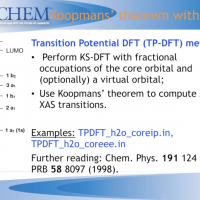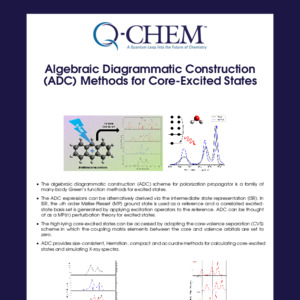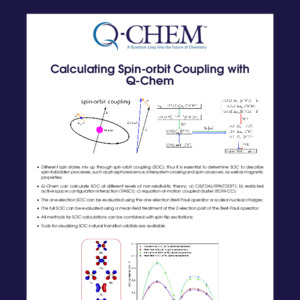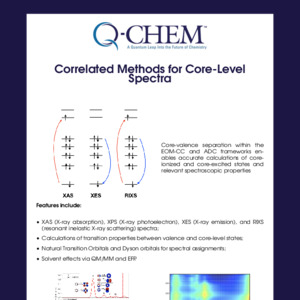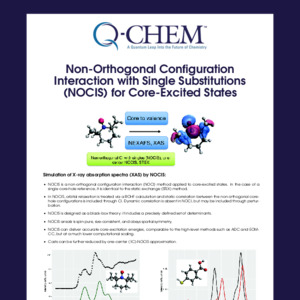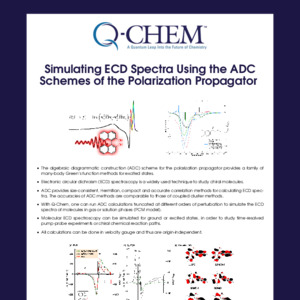Q-Chem Webinar 63
Theoretical Treatment of Auger Decay with Non-Hermitian Quantum Chemistry (2022 Besley Award Presentation)
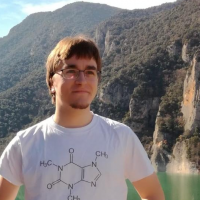
The winner of the 2022 Nick Besley Award is Florian Matz for his work on modelling molecular Auger decay using complex-variable coupled-cluster theory.
Florian graduated with a B.Sc. degree in Chemistry from the Leibniz University Hannover in 2018. In 2019, he continued his research with an internship at the University of Barcelona under the supervision of Prof. S. Alvarez where he studied the subject "Quantum chemical examination of the influence of substituents on the spin crossover temperature of manganocenes." In 2021, he completed a second internship at KU Leuven, Belgium, and competed his Master thesis, "Quantum chemical studies of electrochemical aryl-aryl coupling reactions in borate salts," under the supervision of Prof. J.-A. Becker and Prof. T.-C. Jagau. He received his M.Sc in material and nanochemistry specialization from Leibniz University Hannover in 2021. He is currently a post doc with the research group of Prof. T.-C. Jagau at KU Leuven where is is studying the subject "Theoretical treatment of Auger decay and related processes with non-Hermitian quantum chemistry."
Abstract
2022 Besley Award Presentation Abstract:
The emission of an Auger electron is the predominant relaxation mechanism of core-vacant states in molecules composed of light nuclei. In this non-radiative decay process, one valence electron fills the core vacancy while a second valence electron is emitted into the ionization continuum. [1,2]
Because of the coupling to the continuum, core-vacant states represent electronic resonances [3] that can be tackled with standard quantum-chemical methods only if they are approximated as bound states, meaning that their decay is neglected. [4] The description of Auger decay requires to extend quantum chemistry to metastable electronic states. In our present work [5], we make use of non-Hermitian quantum chemistry, where the Hamiltonian [6,7] or, alternatively, the basis functions [8] are complex scaled, giving access to total and partial decay widths with L² methods. We present and compare approaches to compute decay rates for molecular core-vacant states from different types of wave functions, in particular configuration interaction singles, coupled-cluster singles and doubles and equation-of-motion coupled-cluster singles and doubles. Partial widths are evaluated using energy decomposition analysis [5] and a generalized core-valence separation [4]. We demonstrate the capabilities of our new approach by application to core-ionized states of Ne, H2O, NH3, CH4, N2, C2H2, C2H4, C2H6, and C6H6. Our results for Auger decay widths and branching ratios are in excellent agreement with previous theoretical and experimental work. The extension of our methods to systems undergoing nonlocal decay processes such as solvated molecules and weakly bound clusters is currently under investigation.
